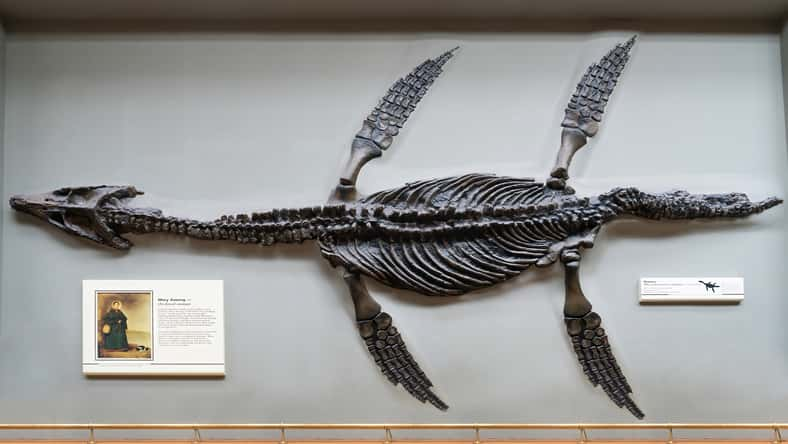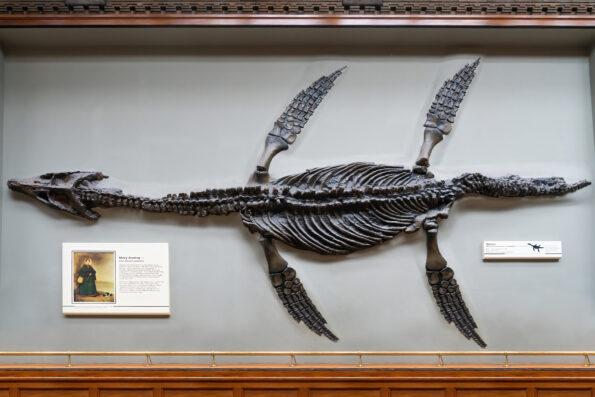After Opening A Museum Drawer, Two Paleontologists Discovered The Bones Of A Gigantic Pliosaur That Preyed In The Seas Covering Oxfordshire About 150 Million Years Ago

While visiting Oxfordshire’s Abingdon County Hall Museum in Abingdon, England, two paleontologists accidentally discovered the bones of a Jurassic pliosaur in the unlikeliest of places: a museum drawer.
The vertebrae were first discovered during an excavation at a farm close to Abingdon. However, when Professor David Martill and Ph.D. student Megan Jacobs visited the museum earlier this year to photograph the skeleton of an ichthyosaur, they found the unearthed remains.
“Dave opened the drawer, and there was a huge backbone in it. It was dinner-plate sized,” Jacobs recalled.
“We got it out, had a look, and concluded it was not a dinosaur but a huge marine reptile.”
Apparently, the museum’s curator even had three additional vertebrae from the skeleton sitting in storage.
And the museum had no clue that the massive bones belonged to a pliosaur– or a huge sea creature from 150 million years ago.
After performing scans on the backbone, the paleontologists found that the gigantic reptile had been between 32 feet and 47 feet long– making it double the size of a killer whale.
Plus, the pliosaur’s mouth was full of teeth the size of bananas, and swam in the water that covered Oxfordshire between 145 and 152 million years ago.
“You wouldn’t have wanted to go swimming in the late Jurassic seas,” Jacobs said.

wittayayut – stock.adobe.com – illustrative purposes only
According to Prof. Martill, pliosaurs stood strong at the top of the marine food chain. They likely preyed on long-necked plesiosaurs, ichthyosaurs, and perhaps marine crocodiles on the smaller side.
“Simply biting them in half and taking chunks off them,” he explained.
“We know they were massacring smaller marine reptiles because you can see bite marks in ichthyosaur bones in examples on display in The Etches Collection in Dorset.”
Since making this incredible discovery, Professor David Martill and Megan Jacobs– joined by Roy E. Smith– have published a paper detailing their findings in Proceedings Of The Geologists’ Association.
To learn more, you can visit the link here.
If true crime defines your free time, this is for you: join Chip Chick’s True Crime Tribe
She’s Called The First Lady Of Physics, And She Was Invited To Work On The Manhattan Project
Here’s How You Can Resurrect A Houseplant That You Think Might Be On The Way Out
She Calls This Recipe Boat Dip, And It’s A Great Appetizer If You’re Planning A Day Out On The Water
Sign up for Chip Chick’s newsletter and get stories like this delivered to your inbox.
More About:Science





